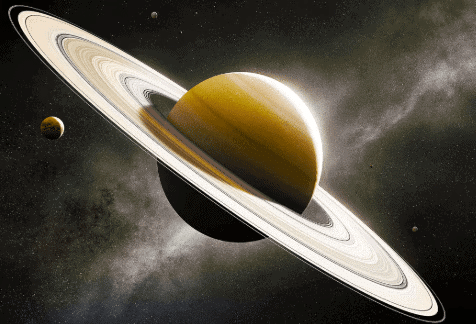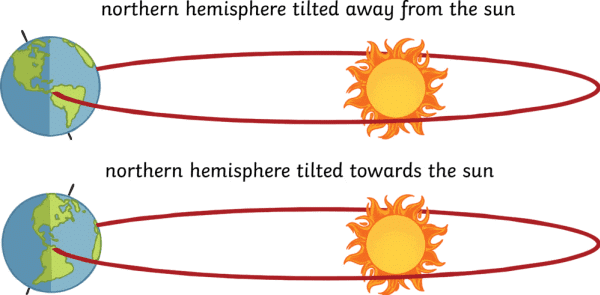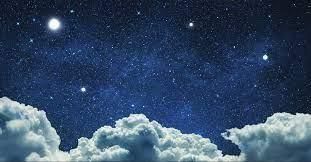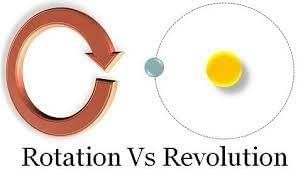The Solar System - 1 Class 4 Worksheet Science
Q1: Multiple Choice Questions (MCQs).
(i) The number of times the Earth has moved around the Sun since you were born
(a) is less than your age in years
(b) is equal to your age in years
(c) is greater than your age in years
(d) has no connection with your age
(ii) Which places on the Earth are equally hot throughout the year?
(a) North Pole
(b) South Pole
(c) Places on the equator
(d) None – all places are cold in winter and hot in summer
(iii) The largest planet in the solar system
(a) Earth
(b) Sun
(c) Saturn
(d) Jupiter
(iv) Which of these is not a planet?
(a) Earth
(b) Saturn
(c) Venus
(d) Sun
(v) What causes day and night on Earth?
(a) Revolution of the Earth around the Sun
(b) Rotation of the Earth on its axis
(c) Tilt of the Earth's axis
(d) Movement of the Moon around the Earth
(vi) What is the main component of Saturn's rings? 
(a) Gases
(b) Ice and dust
(c) Water
(d) Rocks and iron
(vii) How long does the Earth take to complete one revolution around the Sun?
(a) 24 hours
(b) 30 days
(c) 365 days
(d) 12 months
(viii) Which planet in the solar system is known for its strong winds of up to 2000 kilometers an hour?
(a) Neptune
(b) Uranus
(c) Saturn
(d) Jupiter
(ix) Why is Venus the hottest planet in the solar system?
(a) It is the closest to the Sun.
(b) It has thick clouds that trap heat.
(c) It has the most moons.
(d) It has rings made of ice.
(x) What happens when the northern hemisphere is tilted towards the Sun? 
(a) It experiences winter.
(b) The southern hemisphere has summer.
(c) It experiences summer.
(d) Both hemispheres have the same season.
Q2: True or False.
(i) When the northern hemisphere has day the southern hemisphere has night.
(ii) Planets far away from the Sun are made up of frozen gases.
(iii) There is six months of day and six months of night at the Poles.
(iv) The Sun is at the center of the solar system, and all planets revolve around it.
(v) Saturn’s rings are made of gases.
(vi) Mars is called the red planet because it has a surface covered with red dust.
(vii) Neptune has the strongest winds in the solar system, blowing at speeds of 2000 kilometers an hour.
(viii) Venus is called the morning star or evening star because it can be seen only during the day.
Q3: Name the following.
(a) The morning star.
(b) The planet with the largest number of Moons.
(c) The hottest planet.
(d) The red planet.
Q4: Match the following.

Q5: Answer the following questions in detail.
(i) How does the Earth’s revolution cause seasons?
(ii) Explain how day and night occur.
(iii) What is a planet, and how does it differ from a star?
(iv) Name the eight planets of the solar system in order of their distance from the Sun.\
(v) Which planets in the solar system do not have moons?
(vi) Why is Jupiter known for having the largest number of moons? How many moons does it have?
Q6: Answer the following questions in brief.
(i) What is the difference between rotation and revolution?
(ii) What is the solar system?
(iii) What are the two poles of the Earth called?
(iv) List the outer planets and the inner planets.
You can find Worksheets Solutions here: Worksheet Solutions: The Solar System - 1
|
48 videos|251 docs|34 tests
|
FAQs on The Solar System - 1 Class 4 Worksheet Science
| 1. What are the main components of the Solar System? |  |
| 2. How do the planets in the Solar System differ from each other? |  |
| 3. What is the significance of the asteroid belt in the Solar System? |  |
| 4. What are comets and how do they form in the Solar System? |  |
| 5. How do scientists study and explore the Solar System? |  |

















